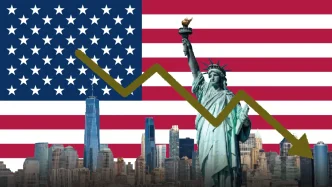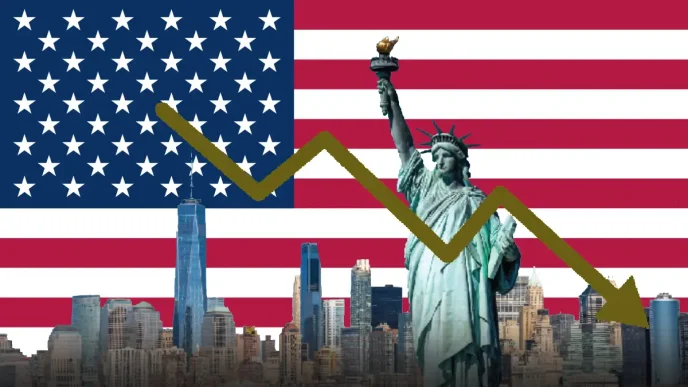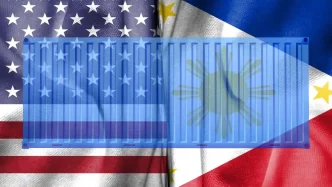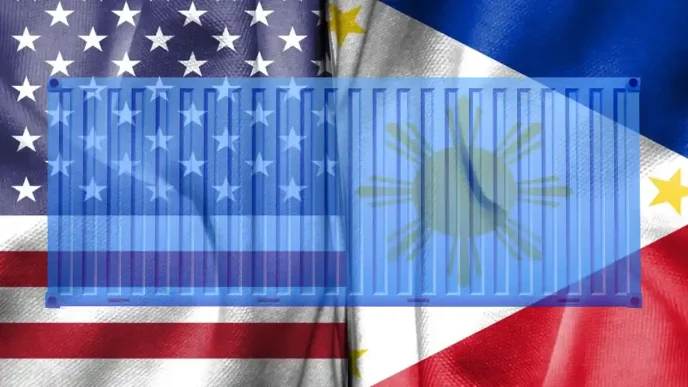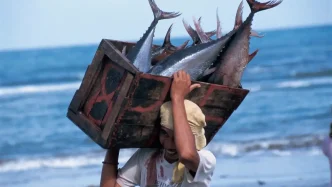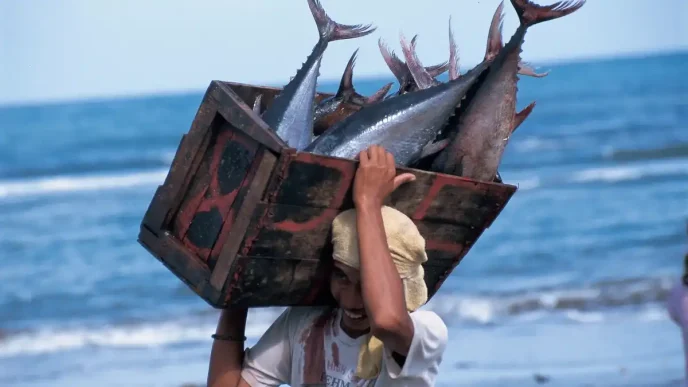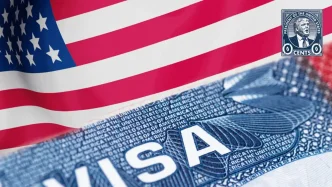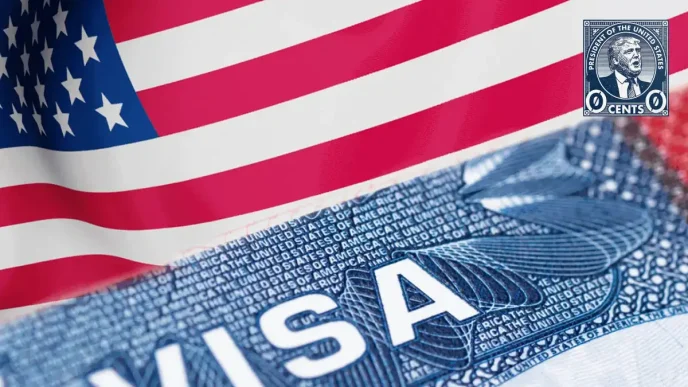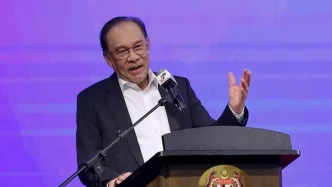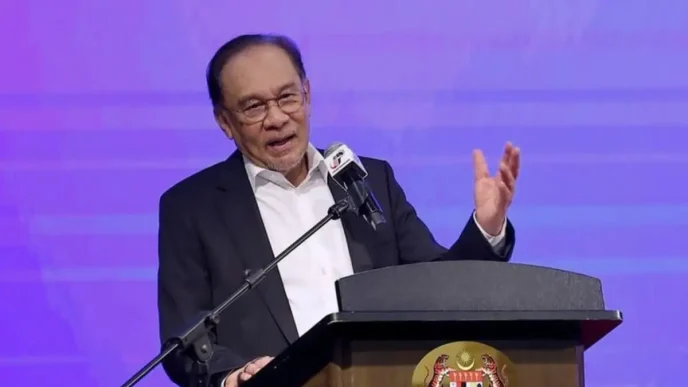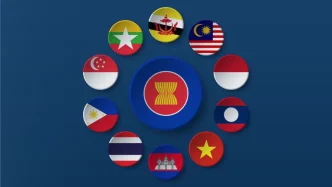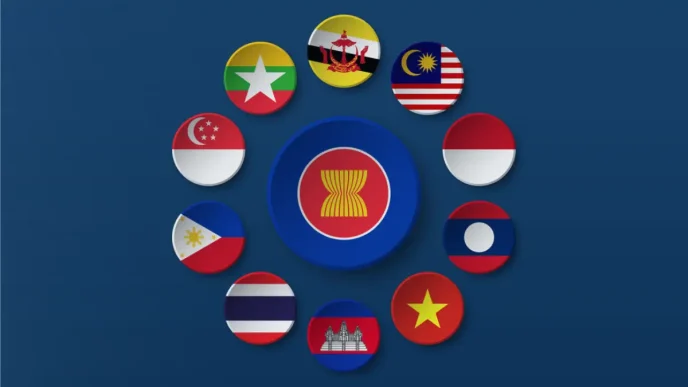In a striking display of military might and diplomatic intent, the French Navy’s nuclear-powered aircraft carrier FS Charles de Gaulle sailed into the West Philippine Sea, marking its first visit to the region in over four decades. On 21 February, Rafale fighter jets roared overhead, conducting joint drills with Philippine forces—a historic first for the two nations. This deployment, part of the Clemenceau 25 mission, underscores France’s growing commitment to freedom of navigation and a rules-based international order in the Indo-Pacific, amid escalating tensions in the South China Sea.
The 42,000-tonne Charles de Gaulle, accompanied by a formidable carrier strike group including warships, a nuclear-powered submarine, and over 20 Rafale jets, arrived en route to Subic Bay for its inaugural port call in the Philippines. The visit, which included a rare opportunity for Philippine military officials, diplomats, and journalists to board the carrier, signals a deepening of defence ties between Manila and Paris at a critical juncture for regional security.
A Message of Solidarity
French Ambassador to the Philippines, Marie Fontanel, framed the deployment as a demonstration of shared values. “We want to strengthen our partnerships with countries like the Philippines, with whom we share a lot—international law, multilateralism, and we are of course both maritime nations,” she said during the visit (Philippine Daily Inquirer, 24 February 2025). Fontanel also highlighted France’s stake in the Indo-Pacific, noting the presence of over 200,000 French citizens in overseas territories across the Western Indian Ocean and Southern Pacific.
For Philippine military leaders, the French presence was a powerful gesture of support. Navy Chief Vice Adm. Jose Ma. Ambrosio Ezpeleta described himself as “overwhelmed” by the capabilities on display aboard the Charles de Gaulle. “Their presence here is telling us that they are supporting us in our efforts on the freedom of navigation, freedom of flight, operations,” he said. Army Vice Commander Maj. Gen. Leodevic Guinid echoed this sentiment, interpreting the visit as an endorsement of a rules-based international order in the South China Sea.
Is France provoking China in the Taiwan Strait?
The timing of the French deployment is significant. Less than a week prior, a Chinese military helicopter reportedly flew dangerously close to a Philippine patrol plane near Panatag (Scarborough) Shoal, located 220 kilometres west of Luzon. Such incidents have become increasingly common as China asserts sweeping claims over nearly the entire South China Sea, despite a 2016 international arbitration ruling that declared Beijing’s claims lack legal basis—a decision China continues to reject. Against this backdrop, France’s high-profile naval presence offers a counterbalance to regional tensions, reinforcing Manila’s position without directly confronting Beijing.
France’s Strategic Pivot to the Indo-Pacific
The Clemenceau 25 mission, a five-month deployment launched in November 2024, showcases France’s power projection capabilities across the Mediterranean, Indian Ocean, and Indo-Pacific. With 1,800 crew members aboard the Charles de Gaulle, supported by reconnaissance planes, helicopters, and a fleet of escort vessels, the carrier strike group is a floating testament to French military ambition. But beyond the hardware, the mission reflects a broader strategic pivot.
Maritime security expert Benjamin Blandin of the Yokosuka Council on Asia Pacific Studies described France’s approach as an attempt to carve out a distinct role in the region. “France is stepping up its presence in order to position itself between China and the US and give an alternative, non-aggressive, non-imperialistic power, some sort of force for good in the Indo-Pacific and Asia Pacific,” he told the Philippine Daily Inquirer (24 February 2025). Blandin also noted that the Charles de Gaulle’s visit indicates France’s desire to integrate the Philippines into its regional security framework, alongside partners like Indonesia, Malaysia, Singapore, India, and Australia.
France’s engagement with the Philippines is part of a broader effort to bolster ties in Southeast Asia. In 2023, Manila and Paris agreed to enhance defence cooperation, followed by the inauguration of a French defence attaché office in June 2024. Last year, France also participated in the “Balikatan” joint sail alongside the Philippines and the United States, deploying a frigate to the exercise. Negotiations are now underway for a Status of Visiting Forces Agreement, which, if concluded, would facilitate more frequent military engagements between the two nations.
Navigating Regional Tensions
The South China Sea remains one of the world’s most contested maritime regions, with overlapping claims from China, the Philippines, Vietnam, Malaysia, Brunei, and Taiwan. China’s expansive claims, often enforced through militarised artificial islands and aggressive coastguard operations, have drawn international condemnation. The Philippines, a key claimant, has sought to bolster its position through alliances with traditional partners like the United States and newer ones like France.
France’s involvement adds a layer of complexity to this geopolitical chessboard. Unlike the United States, which maintains a robust military presence in the region through bases and regular freedom of navigation operations, France positions itself as a less confrontational actor. Its emphasis on multilateralism and international law aligns closely with the Philippines’ stance, offering Manila an additional partner in its efforts to counterbalance China’s influence.
However, France’s role should not be overstated. While the Charles de Gaulle’s visit is symbolically significant, it is unlikely to alter the fundamental dynamics of the South China Sea dispute. China’s rejection of the 2016 arbitration ruling remains a sticking point, and Beijing has shown little inclination to moderate its behaviour in response to international pressure. If anything, the French presence may prompt a rhetorical response from Beijing, though a direct military escalation seems improbable given France’s limited long-term deployment in the region.
Implications for Philippine Defence Strategy
For the Philippines, the French visit represents an opportunity to diversify its security partnerships beyond its traditional reliance on the United States. Under President Ferdinand Marcos Jr., Manila has sought to strengthen ties with a range of allies, including Japan, Australia, and now France, as part of a broader strategy to safeguard its maritime interests. The joint drills with French forces, while modest in scope, provide valuable operational experience for Philippine air and naval units, which remain under-resourced compared to their regional counterparts.
The potential Status of Visiting Forces Agreement with France could further enhance this cooperation. If finalised, it would enable more regular joint exercises, port calls, and possibly even intelligence-sharing arrangements. Such agreements are not without domestic political sensitivities in the Philippines, where foreign military presence can evoke historical memories of colonial and post-colonial interventions. However, public and military sentiment appears broadly supportive of closer ties with France, particularly in light of ongoing tensions with China.
A Broader Indo-Pacific Vision
France’s deployment also reflects its domestic and international priorities. As a nation with territories and citizens in the Indo-Pacific, France has a vested interest in regional stability. Its overseas territories, including New Caledonia and French Polynesia, are home to significant populations and resources, making the Indo-Pacific a direct concern for Paris. Moreover, France seeks to assert its status as a global power, distinct from both the United States and China, by promoting a vision of multilateral cooperation.
This vision aligns with the European Union’s broader strategy in the Indo-Pacific, which emphasises economic partnerships, climate cooperation, and maritime security. France, as a leading EU member, plays a pivotal role in advancing this agenda. The Charles de Gaulle’s deployment can thus be seen as part of a wider European effort to engage with Southeast Asia, offering an alternative to the binary choice between alignment with Washington or accommodation of Beijing.
The historic visit of the Charles de Gaulle to Philippine waters marks a new chapter in France-Philippines relations, with potential ripple effects across the Indo-Pacific. For now, the focus remains on symbolic gestures and incremental steps toward deeper cooperation. The joint drills and port call are unlikely to shift the balance of power in the South China Sea, but they send a clear message: France is a serious player in the region, committed to upholding international norms alongside its partners.
As tensions persist in the West Philippine Sea, the Philippines will continue to navigate a delicate path, balancing its security needs with the risks of escalation. France’s presence offers a welcome, if limited, source of support. Whether this partnership evolves into a more substantive alliance remains to be seen, but for now, the roar of Rafale jets over the South China Sea serves as a reminder of the complex and evolving geopolitics of the Indo-Pacific.



